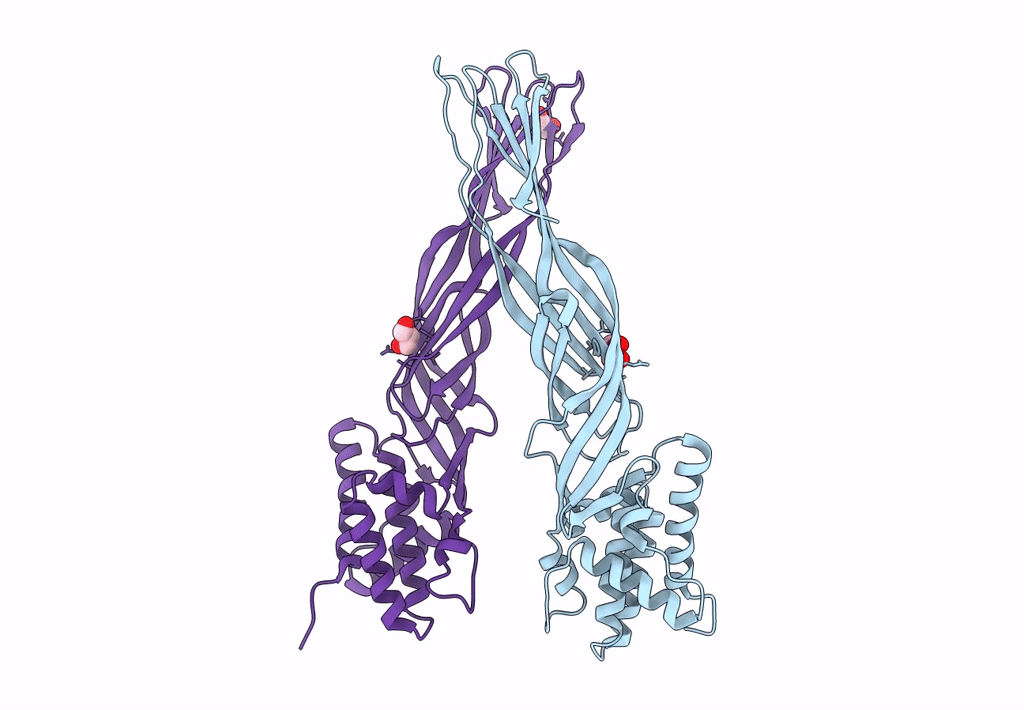
Deposition Date
2023-01-03
Release Date
2023-07-12
Last Version Date
2023-10-25
Entry Detail
Biological Source:
Source Organism:
Bacillus thuringiensis (Taxon ID: 1428)
Host Organism:
Method Details:
Experimental Method:
Resolution:
2.28 Å
R-Value Free:
0.27
R-Value Work:
0.23
R-Value Observed:
0.24
Space Group:
C 2 2 21


